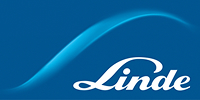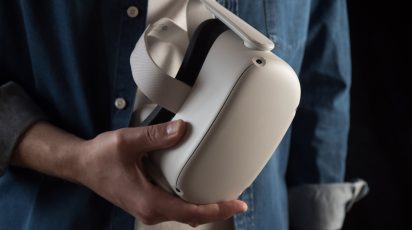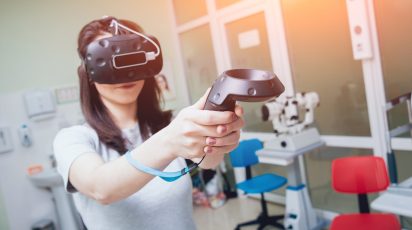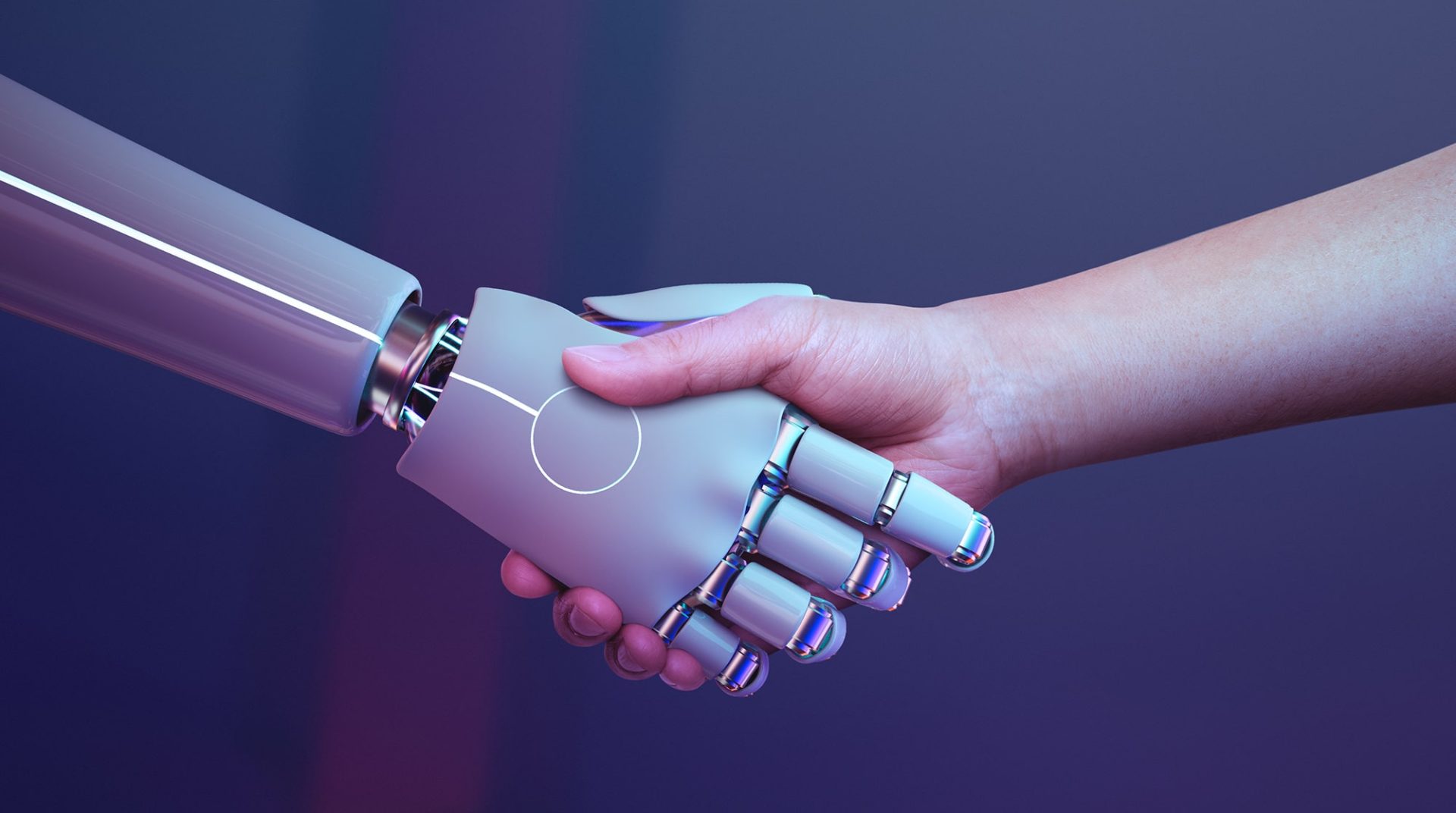
December 8, 2022
Web 3.0 – the next iteration of Web
We’re approaching the World Wide Web’s 34th birthday, and if you were lucky enough to be around when it was born, as you read this you can probably hear the sound of dial-up ringing in your ears. After all this time, and all the fascinating changes humanity has gone through, it might be time for an upgrade. Web 3.0 is almost here, and in this blog post we describe the most important elements of this new iteration of the Web, but also what will it bring compared to Web 1.0 and Web 2.0.
The humble beginnings of the Web
The World Wide Web (WWW) was invented in 1989 by Tim Berners-Lee. Initially its purpose was to connect universities and scientists around the world, sharing information between them in an automated manner. CERN, where Berners-Lee was working while he created it, described it as “a ‘hypertext project’ in which a ‘web’ of ‘hypertext documents’ could be viewed by ‘browsers.’” In short, this was a read-only version of the web. Users could access shared files but were unable to edit them.
It soon became clear that this technology would be of benefit to the whole world. The rest is history. The further introduction of browsers such as Netscape Navigator brought e-mail and real-time news access, which fascinated its users. Although there was no interaction as such, this was just warming up for the real thing.
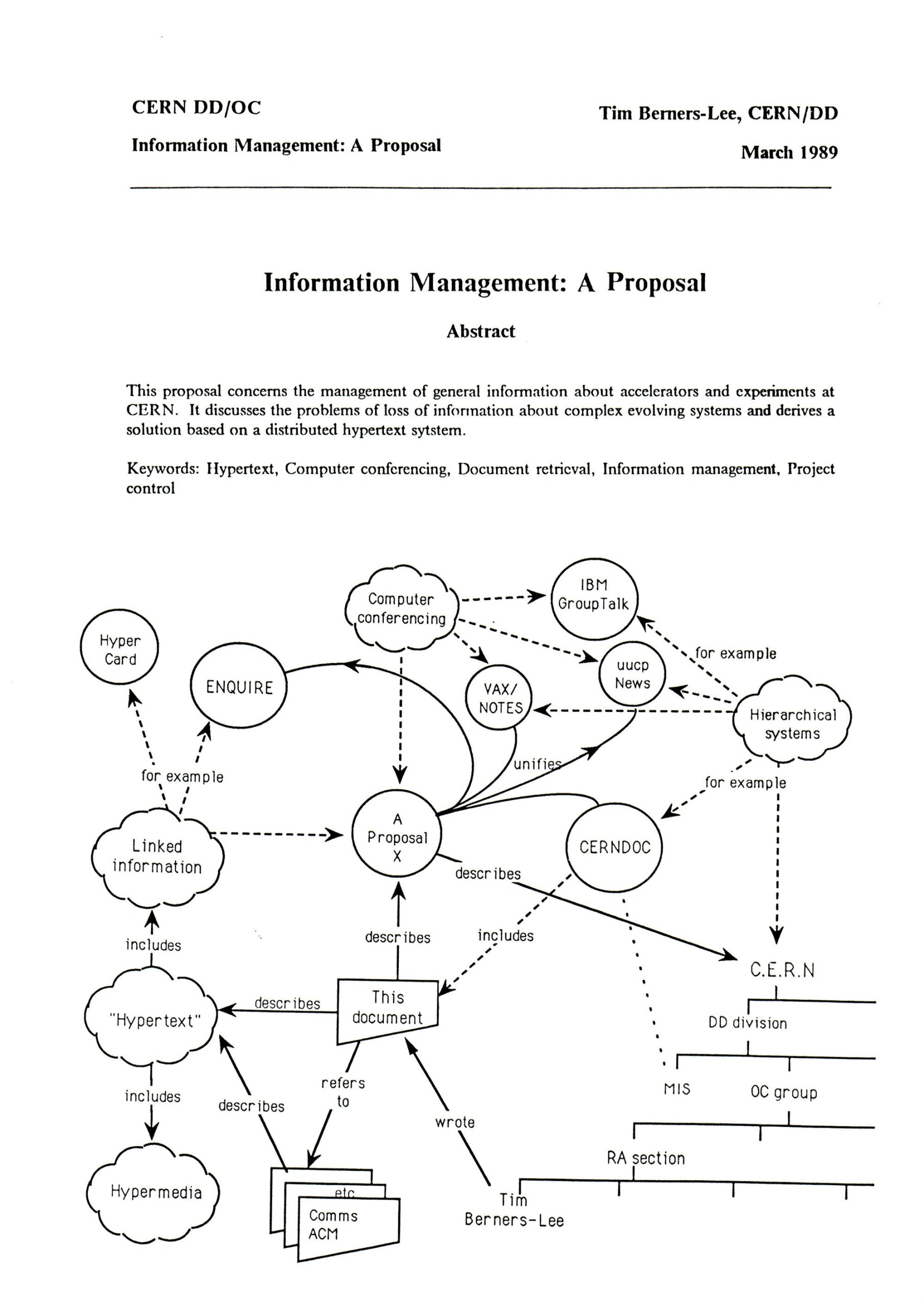
Following this acceptance of Web 1.0, Web 2.0 introduced users to interactivity. During the past 15‒20 years, content creation was born and social connectivity got a whole new meaning. According to Investopedia’s Will Kenton, Web 2.0 “describes the current state of the internet, which has more user-generated content and usability for end-users compared to its earlier incarnation, Web 1.0.” Summarising this, we can say that Web 2.0 wasn’t a specific upgrade to the internet, but was more like the way in which the internet is used today. With what we have today, we can agree that the direction in which the internet is going is just right for the further development of our businesses, entertainment and everyday living. With Web 3.0, all of this will go to a deeper level. Here is what you can soon expect in this next update of the web.
Next level of the web
Web 3.0 will be a new phase of the internet, and today we can already see a blueprint of what we will work with daily. We might see it today as a big shift, as we did when Web 1.0 was slowly transitioning into Web 2.0.

Fear of the unknown is rather natural to humans, but eventually, most of us will accept these handy new features. But what are the new features we can expect to see in Web 3.0?
- Decentralisation: as a core tenet of Web 3.0, our computers will no longer access information stored at a fixed location. With content as a base of Web 3.0, information will be stored at multiple places at the same time. In other words, all the information is decentralised. There will be no further need for large servers or databases held by internet giants. All the power is given back to the users. All the content created will be sold to the users through decentralised data networks, resulting in complete ownership control.
- AI and machine learning: a few blog posts ago, we mentioned how computers of the future will be able to understand information in a pretty similar manner to us humans, thanks to machine learning. This essential part of Web 3.0 means only that this type of technology might be even closer than we thought. Computers will give us faster and more accurate results, and instead of using today’s advertising methods, AI will be able to target potential buyers on its own.
- Omnipresence and connectivity: Web 3.0 will ensure that all information and content are omnipresent and accessible through multiple applications. One great example here is the Internet of Things.
- Complete internet freedom: with Web 3.0, all users will be able to interact with any information without going through a regulatory body. This will lead to complete internet freedom to post and explore any topics you could possibly want, with absolutely no censorship.
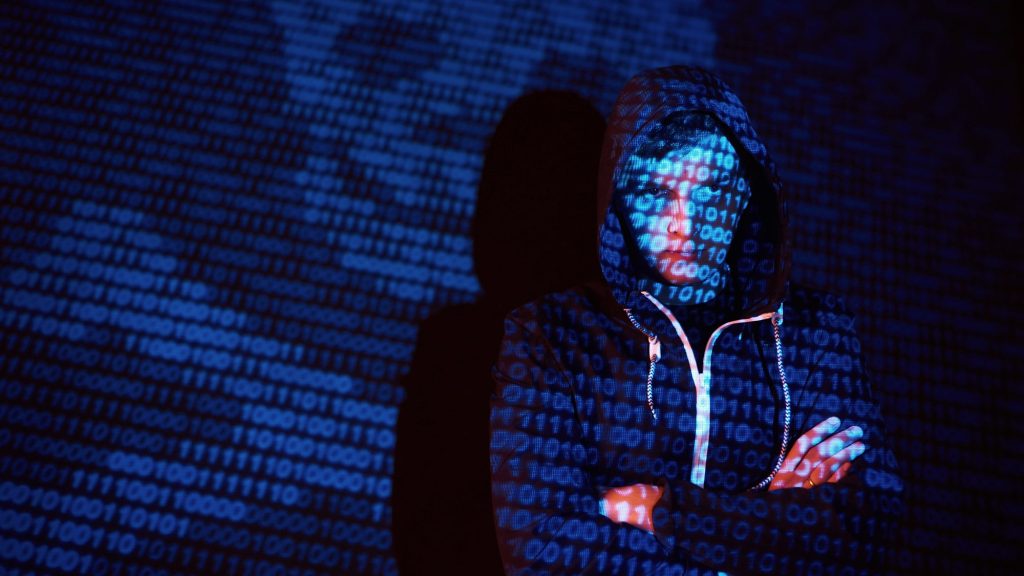
On the brink of chaos?
From what we’ve said so far, Web 3.0 will bring many amazing ideas into being and will simplify our lives. But one cannot help but wonder, will it leave us more exposed? What is the bottom line exactly, if there are no authorized bodies to control the behaviour of the masses of people using this new iteration of the web? Web 3.0 might lead to increases in cybercrime, misinformation and hate speech, as the idea behind decentralisation is that no single body controls or regulates what is posted. Whether the new web will take that shape is unknown, but it is up to humanity to continue to support the web as a safe haven for everyone. That is the only way to take advantage of the benefits such technology brings, without paying a hefty price.

